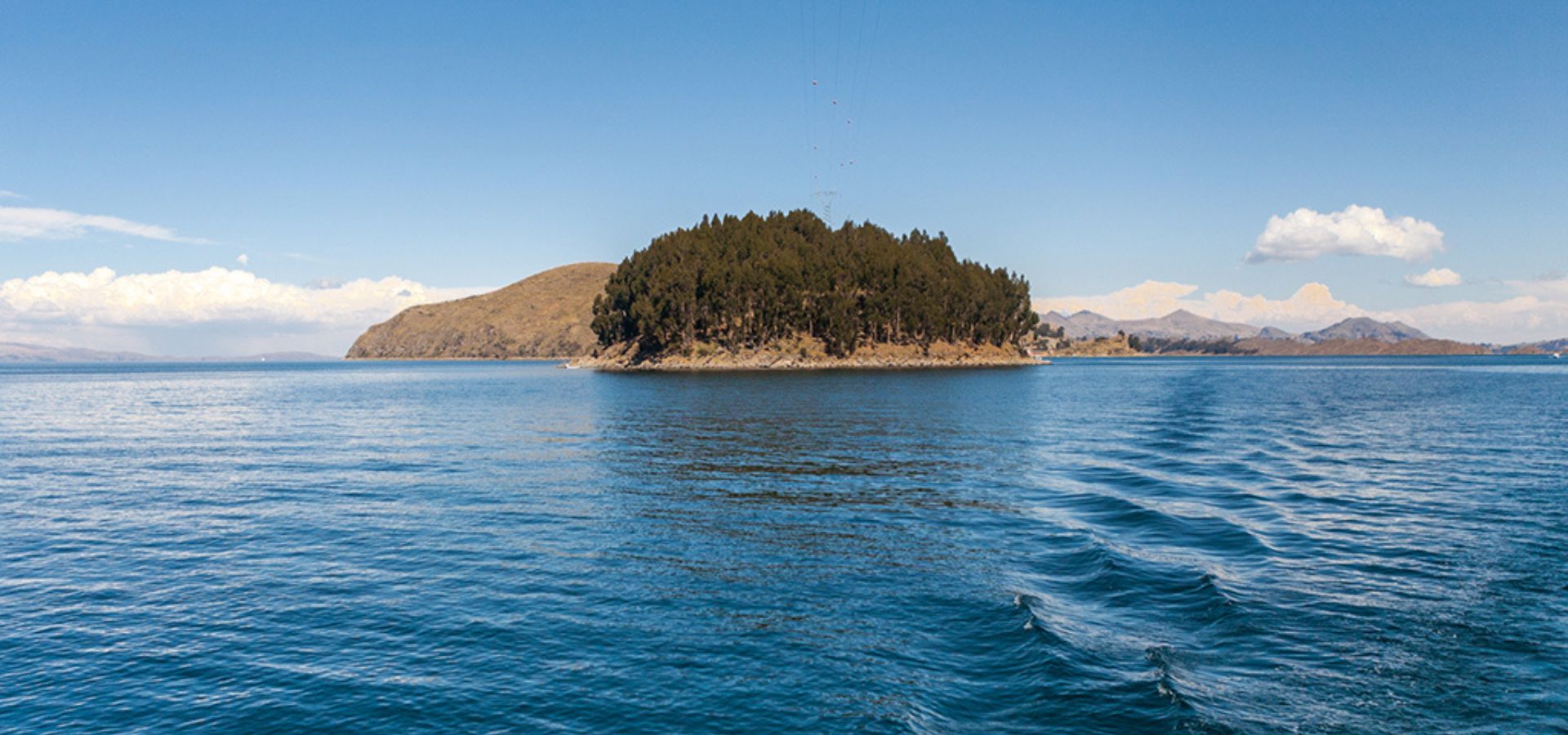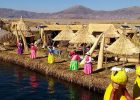Have you ever imagined visiting an island surrounded by the majesty of Lake Titicaca, the highest navigable lake in the world?
Isla del Sol, located on the Bolivian side of this Andean lake, is a place full of history, spirituality, and natural beauty that leaves no visitor indifferent. With a cultural richness that resonates in every corner, the island is one of the most special places in South America. Visiting it is a journey back in time that allows you to explore:
- The vibrant living culture of local communities, who preserve ancestral traditions.
- Ancient archaeological sites such as the Inca Stairway and the Fountain of the Three Waters.
- Unforgettable landscapes, with panoramic views of the lake and surrounding mountains.
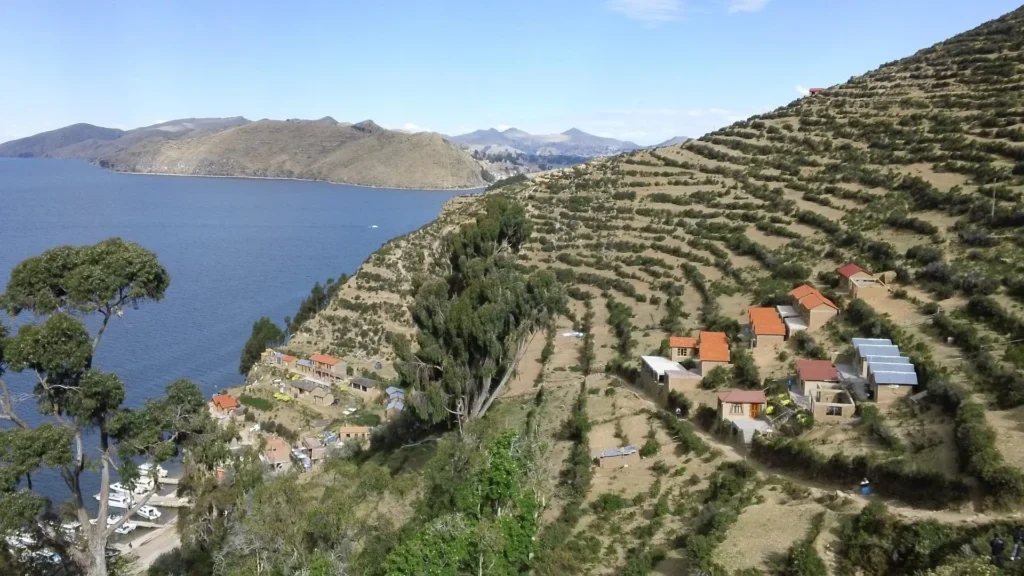
History and Cultural Significance of Isla del Sol
Isla del Sol holds a central place in Inca mythology and the Andean worldview. According to legend, this sacred island was the setting where the first Incas, Manco Cápac and Mama Ocllo, emerged, sent by the god Inti (the Sun) to found the Inca Empire in Cusco. This mythological story makes the island a place of origin and spirituality for the Incas, giving it a special meaning that has endured over time.
The island was not only considered sacred but also a key ceremonial center of the Inca Empire. Here, you will find the Sacred Rock, a symbol of origin and power, and other archaeological remains such as the Temple of the Sun (or Chinkana), which reflect the importance of this place as a site of worship and astronomical observation.
Today, local communities, such as the Aymara and Quechua, maintain a spiritual and cultural connection with the island. Their traditions and customs honor their ancestral heritage, reflecting deep respect for this sacred place. When visiting Isla del Sol, you can feel how history, spirituality, and nature intertwine to tell a story that remains alive.
Main Tourist Attractions
Isla del Sol is a place of extraordinary beauty and historical richness. Here are the main attractions you cannot miss:
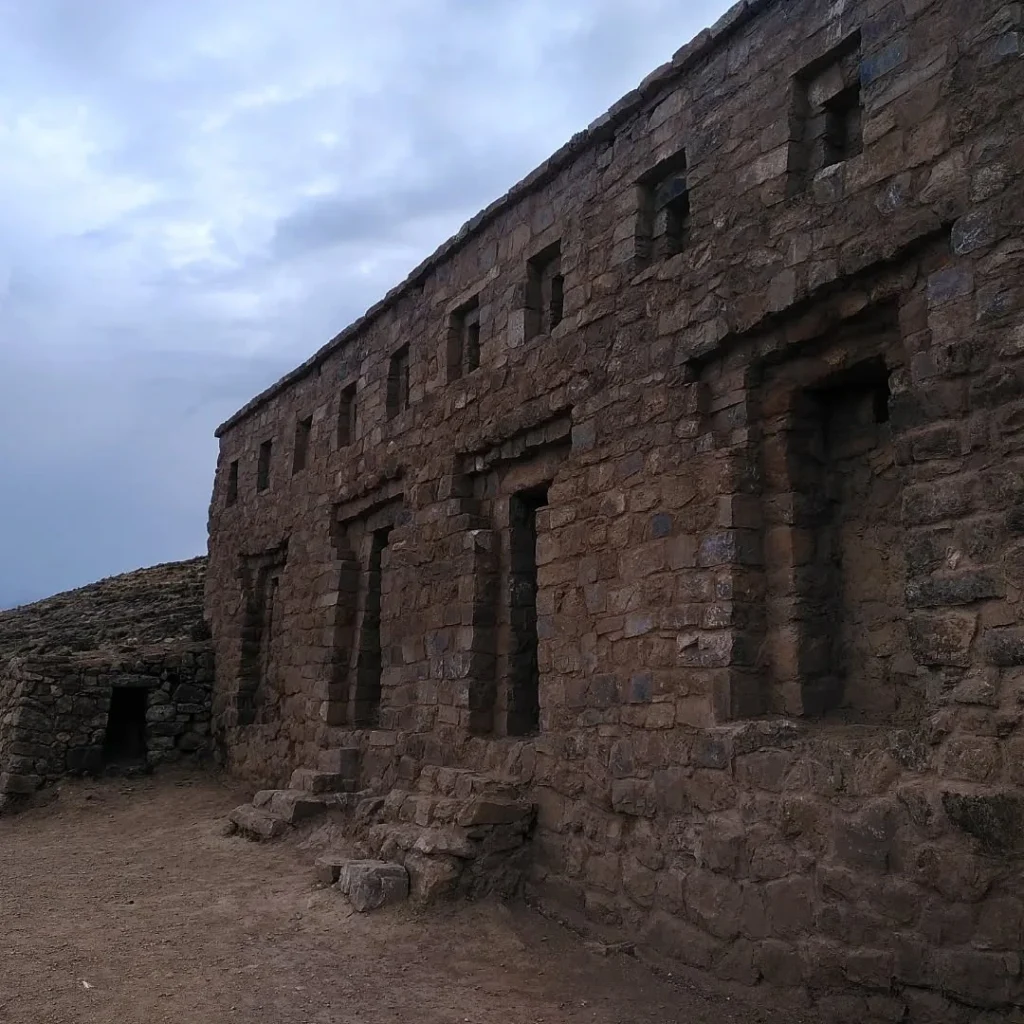
Archaeological Ruins
The island is home to numerous archaeological sites that reflect the grandeur of the Inca Empire. Among the most notable are:
- Pilkokaina Palace: An impressive Inca structure believed to have been a temporary residence for authorities during their visits.
- Temple of the Sun: A ceremonial space dedicated to the god Inti, where the Incas performed important religious rituals.
- Sacred Rock: A place of worship considered the point of origin of Manco Cápac and Mama Ocllo, according to Inca legend.
Exploring these ruins is like traveling to the past, offering a direct connection with the worldview and architecture of this civilization.
Hiking and Natural Landscapes
Isla del Sol is ideal for hiking enthusiasts. Its trails cross hills and agricultural terraces, offering spectacular views of Lake Titicaca and the surrounding mountains. The most notable routes include:
- North-South Route: A main trail that connects the communities of Challapampa and Yumani, passing through ruins and scenic viewpoints.
- Natural Viewpoints: From elevated points, you can admire the vastness of the lake and its blue waters, especially at sunrise or sunset.
These paths combine nature, archaeology, and tranquility, creating an unforgettable experience.
Local Communities and Living Culture
The island is home to indigenous communities, mainly from the Aymara and Quechua ethnic groups, who keep their ancestral traditions alive.
- Challapampa (North): Known for its proximity to the Sacred Rock and its small beaches. Here, you can visit the Gold Museum, which houses archaeological artifacts found on the island.
- Challa (Center): A quiet village, ideal for learning about the daily life of the inhabitants, which includes activities such as fishing and terrace farming.
- Yumani (South): A more developed community, famous for the Inca Stairway and the Fountain of the Three Waters.
By interacting with the communities, you can learn about their worldview, enjoy their hospitality, and participate in traditional activities such as weaving and offerings to Pachamama (Mother Earth).
Experiences on Isla del Sol
In addition to its historical richness, Isla del Sol offers a variety of experiences for visitors that combine culture, nature, and gastronomy.
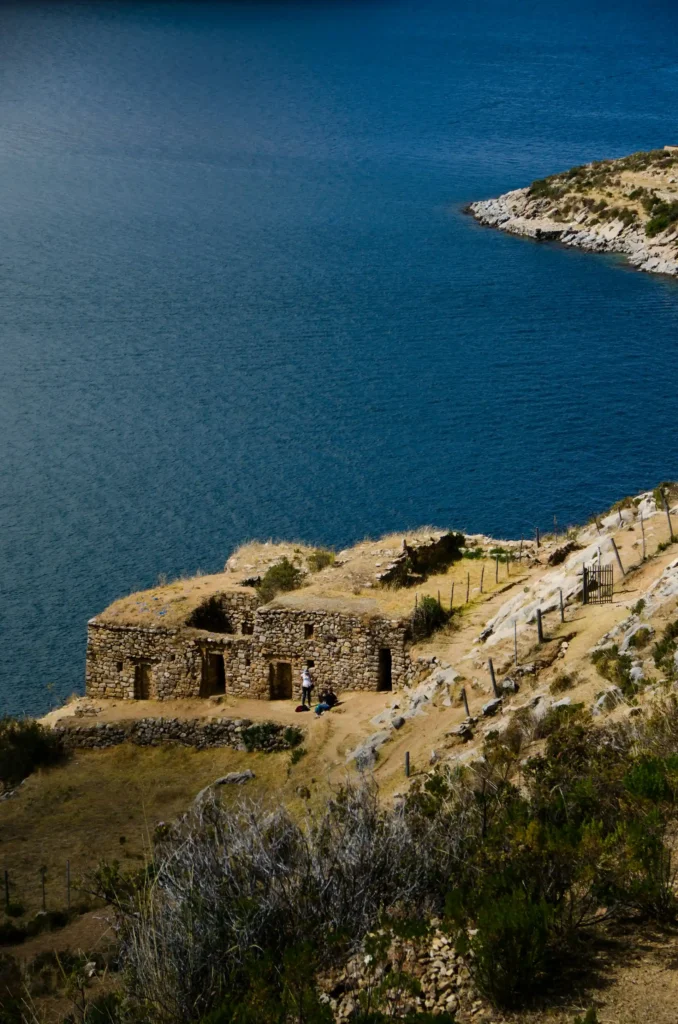
Local Gastronomy
Tasting local food is one of the most authentic experiences you can enjoy on Isla del Sol. Some of the most outstanding dishes include:
- Lake Titicaca Trout: The region’s most emblematic dish. The trout, fresh and directly caught from the lake, is prepared grilled, fried, or as ceviche. Its flavor is unmatched due to the purity of the lake’s water.
- Native Potatoes: Bolivia has an impressive variety of potatoes, and on the island, they are used in stews and side dishes with ancestral recipes.
- Quinoa: This Andean superfood is a staple in many preparations, from soups to stews.
- Choclo with Cheese: A classic Andean dish that combines boiled corn with fresh local cheese, perfect for a quick snack.
- Traditional Soups: Soups like quinoa soup or chuño soup (made from dehydrated potatoes) are common and perfect for combating the island’s cold climate.
What makes Isla del Sol’s gastronomy special is not just the flavors but the experience of sharing a meal with local inhabitants. Many small restaurants are family-run, offering not only their best recipes but also a warm welcome and the opportunity to learn more about their lifestyle.
Practical Information for Visiting Isla del Sol
To fully enjoy Isla del Sol, here are some essential details about the best time to visit, climate, and how to get there.
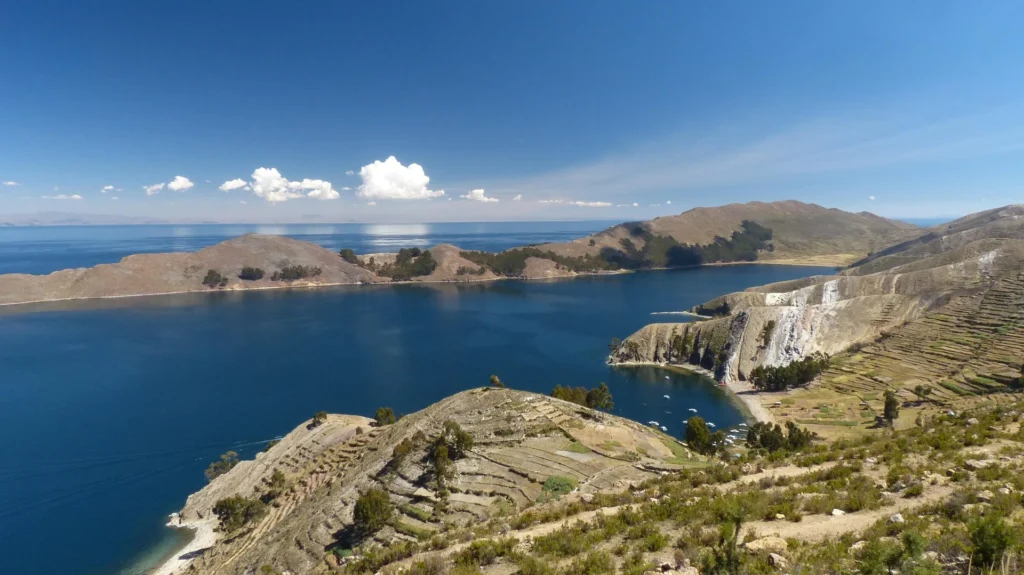
When to Visit Isla del Sol
The best time to visit Isla del Sol is between May and September, during the dry season of the Bolivian highlands. In these months, the weather is more stable, with sunny days and clear skies, ideal for hiking and enjoying panoramic views of Lake Titicaca.
Between December and March, during the rainy season, the landscapes are greener and more vibrant, but the rains can make some areas difficult to access and trails slippery. If you choose to travel during this season, it is recommended to bring proper footwear and be prepared for unexpected weather changes.
Climate on Isla del Sol
The climate on Isla del Sol is typical of the highlands, with cool, sunny days and cold nights due to the altitude, which exceeds 3,800 meters above sea level.
- Daytime temperature: Between 15 and 20°C, ideal for walking and exploring.
- Nighttime temperature: Can drop to 0°C or lower, so it is essential to bring warm or thermal clothing.
The sun can be intense during the day, so don’t forget to bring sunscreen, sunglasses, and a hat.
How to Get to Isla del Sol
1. Arriving in Copacabana
- From La Paz, you can take a tourist or local bus, which takes about 3.5 to 4 hours to reach Copacabana.
- If coming from Peru, you can cross the border from Puno and continue to Copacabana.
2. Boat to Isla del Sol
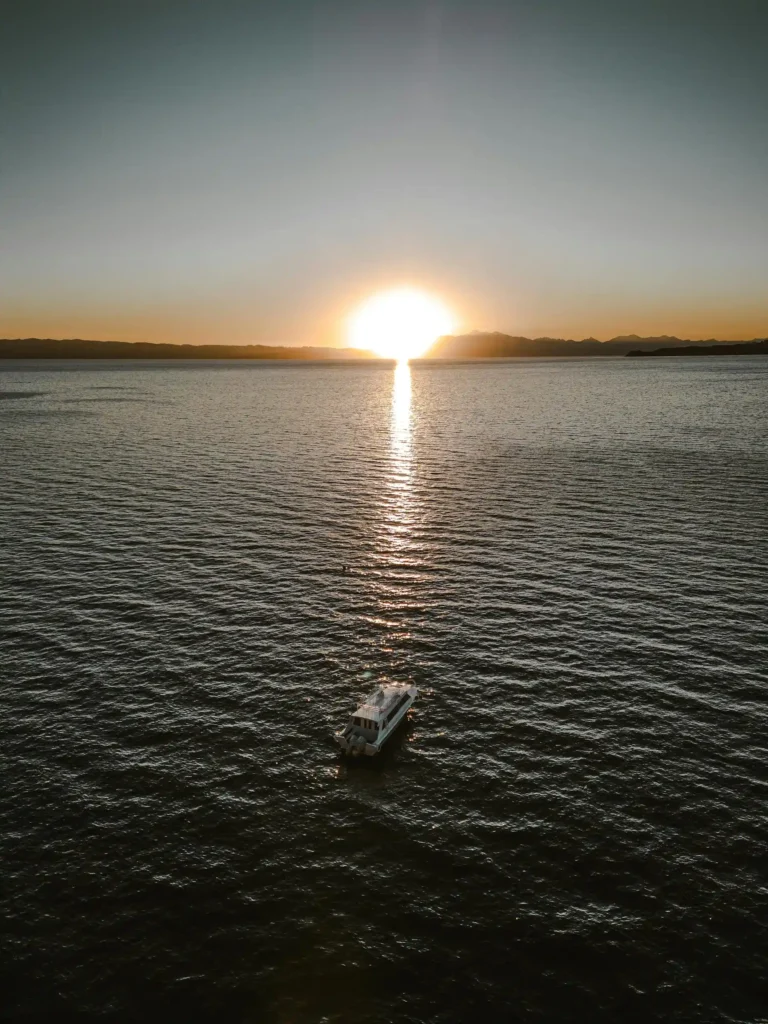
Boats depart from Copacabana’s port and take approximately 1.5 hours to reach the island.
There are two main docking points:
- Challapampa (North): Ideal for exploring the ruins and the Sacred Rock.
- Yumani (South): Famous for the Inca Stairway and the Fountain of the Three Waters.
The boat ride offers breathtaking views of Lake Titicaca, making the journey an experience in itself.
Important:
- Bring enough cash, as there are no ATMs on the island.
- If you plan to stay overnight, rustic lodgings are available, offering an authentic experience close to local communities.
